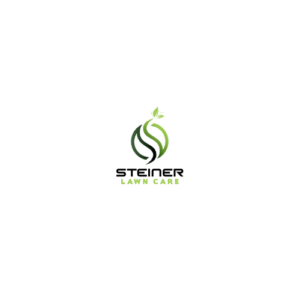Treating Lawn are crucial for preventing lawn diseases from spreading and causing significant damage. Recognizing common lawn diseases in Austin and implementing effective treatment methods can help you maintain a healthy and vibrant lawn. By understanding the symptoms, causes, and recommended treatments for diseases like brown patch, take-all patch, large patch, rust, dollar spot, pythium root rot, and powdery mildew, you can take proactive steps to protect your lawn and prevent costly damage.


Treating Lawn common lawn diseases in Austin and taking appropriate action, you can protect your lawn from harm. When faced with symptoms of diseases like brown patch, take-all patch, large patch, rust, dollar spot, pythium root rot, or powdery mildew, it’s crucial to act promptly to prevent further damage. Implementing effective treatment methods, such as adjusting watering practices, applying fungicides, or improving drainage, can help restore your lawn’s health. If you’re unsure about the specific diagnosis or treatment options, consulting with a local lawn care professional is highly recommended.
